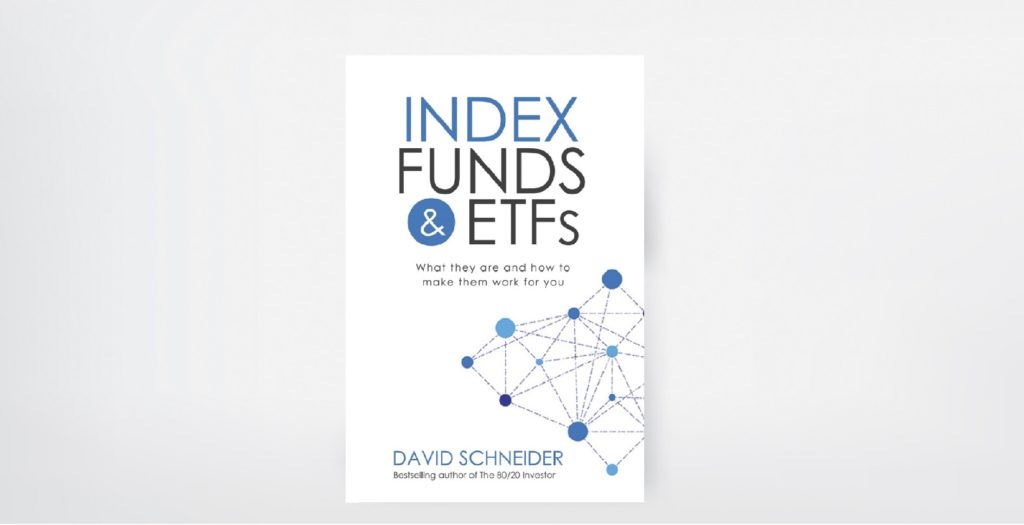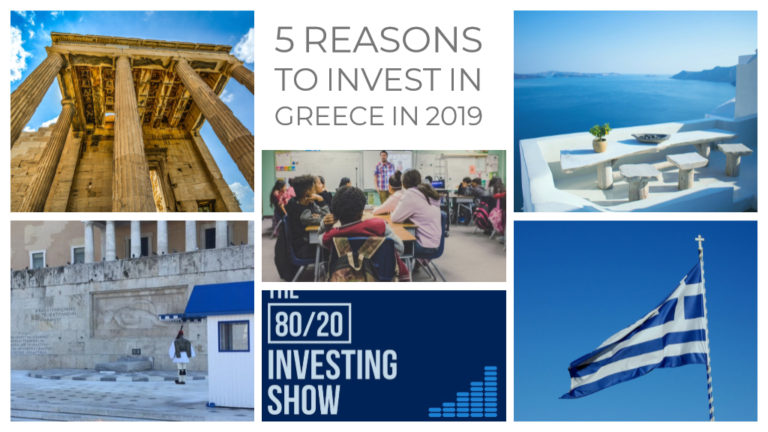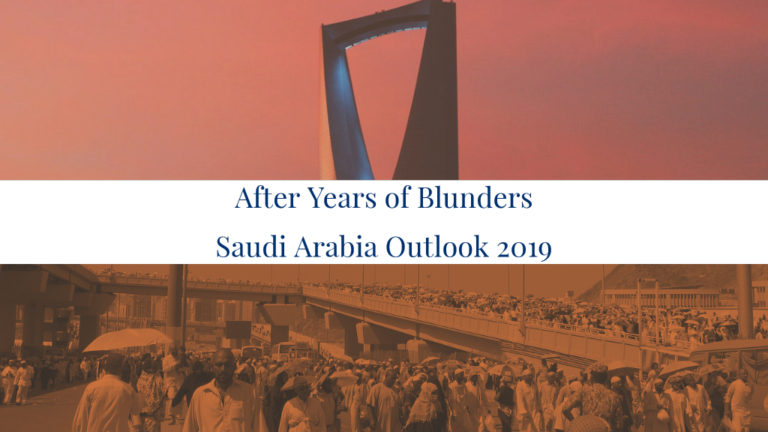MSCI Emerging Markets Index Funds and ETFs
There’s no such thing as a free lunch.
– Milton Friedman
The mutual fund industry as a whole has grown in asset size, even though active managers lost market share. Index funds with their ETFs have grown dramatically, and there are no signs of stopping this trend going into 2019. We have already discussed their broad range of utility and versatility of index funds and their ETFs, but an interesting fact investors tend to forget: The growth of this industry doesn’t only apply to developed countries and their benchmark ETFs but emerging markets ETFs as well as issued by Vanguard or BlackRock. In this article, we will focus on emerging markets index providers, their index funds and ETFs.
Index Creators – A good Business Model
People buying index funds tend to focus on the benefits for themselves, which is, of course, only natural. However, it is crucial to understand the picture from the perspective of other players in the biosphere called indexing. Index funds offer diverse advantages to everyone involved, including the index provider, the index fund providers; all the auxiliary services such as brokers, fund administration, financial advisors, lawyers or auditors; and all the companies index funds invest in. The money put into mutual funds and ETFs powers entire industries, creating jobs and lively capital markets. It even gives government institutions a convenient tool to put their own stamp on financial markets, and that indirectly profits index fund holders. It is rumored that Japan’s central bank, the Bank of Japan (BOJ), is the largest single shareholder of Japanese stocks, thanks to their massive purchases of Japanese index ETFs on the open markets. This, in turn, helped prop up market prices.
MSCI – The 800-Pound Gorilla in the Room
No one has profited more from the boom of index funds than the index originators themselves. It’s one of the best business models on the planet. It’s stable fee income for a product that does not require massive capital investments or any physical maintenance, inventory concerns or even regulation. It’s an oligopolistic business model with a tendency to create monopolies in separate countries – similar to financial exchanges themselves. And since modern capitalism has a fetish for gigantism under cover of cost efficiency and growth, we now have a handful of index providers that dominate the global financial market. In 2015, there were 10,000 funds in the US alone, and they all use a benchmark or more for each of their funds – fee income for index providers – again, big and very easy profits. Just analyzing the business model of S&P Dow Jones Indices and MSCI would open the eyes of many index fund investors and mutual fund investors alike.
Here is a quick overview of MSCI key financial figures, by far the smaller player compared to S&P Dow Jones Indices. MSCI is itself is a publicly listed company and part of the S&P MidCap 400 Index. According to SEC filings, it boasts more than $1 billion in operating revenues for the year ending December 2015, operating income of over $400 million and net income of $220 million – not so bad for a business that creates fictitious pools of securities in all imaginable sizes and forms. Remember, MSCI alone currently offers more than 160,000 indices. Charles Dow, back in 1896, could not have imagined the industry he would create, all with a few yellow legal pads and a couple of pencils.
So, how does this work? Let’s imagine you wanted to create your own fantasy portfolio of all the famous brand names you like, such as Nike, Apple or McDonald’s. You write them all down on a piece of paper and rank them by size, or by how much you like their logo, or by the results of personal surveys you did among friends and on social media. You compile this data, add the current market prices to each of these companies, and modify them by your chosen weightings. You might, for example, reduce McDonald’s because they did very poorly in the last quarter, or boost Nike because you just bought a new pair and they’re pretty good. Voilà, you have your own index!
How to make an Emerging Markets Index
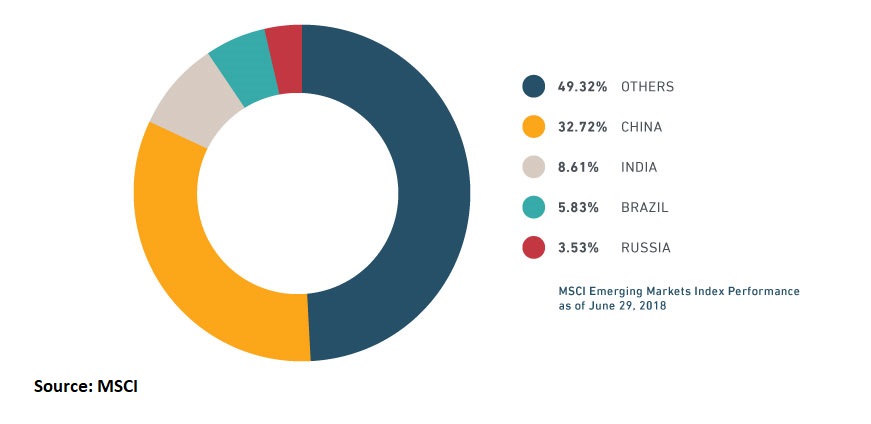
By far the most important company in this industry is S&P Dow Indices, a subsidiary of Standard & Poor’s (one of the rating agencies that so lavishly gave triple-A ratings on mortgage-backed securities that evaporated into thin air during the subprime crisis). Next consider famous country-specific index providers, which are usually spun out of financial journals and newspapers, such as the Financial Times FTSE 100 Index in the UK (Financial Times Stock Exchange), or the Japanese Nikkei 225 (created by the leading financial daily paper Nihon Keizai Shinbun, or “Nikkei”).
Then, there are benchmark indices created directly by the financial exchanges themselves. The most famous ones are the German DAX and the leading European indices grouped under the STOXX series (organized and managed by the Deutsche Börse AG). Some financial institutions have also created their own indices.
The most famous of these is the MSCI index series (formerly known as Morgan Stanley Capital International) and the Lehman Bond Index series (now owned by British bank Barclays). MSCI Inc., in particular, prides itself on having more than “160,000 consistent and comparable indices, used by investors around the world to develop and benchmark their global equity portfolios.”[i]
Financial market indices have broadened in terms of what actually counts as one over the years. All that a fund requires to qualify as an index fund is to have a mechanical set of rules for security selection, how they are weighted, and how they are priced. So anyone who has something to say about stocks and financial market instruments could create their own index.
Nevertheless, index fund purists insist that true index investing is all about benchmark market indices, which “represent an entire stock market and thus track the market’s changes over time.” Keep in mind that this definition applies not only to stock markets, but also to all other asset classes that can be represented by an index, and that is pretty much everything. Generally, broad market and market segment stock and bond indices are used for this purpose.
In other words, they are used as a yardstick to measure active management performance; they’re used in economic analyses to measure the level of market activity; they’re used by academics to define market behavior, and they’re used by investors to set asset allocation policy. But most importantly, benchmark indices are the basis for the largest and most famous index funds of the world.
Emerging Markets ETFs
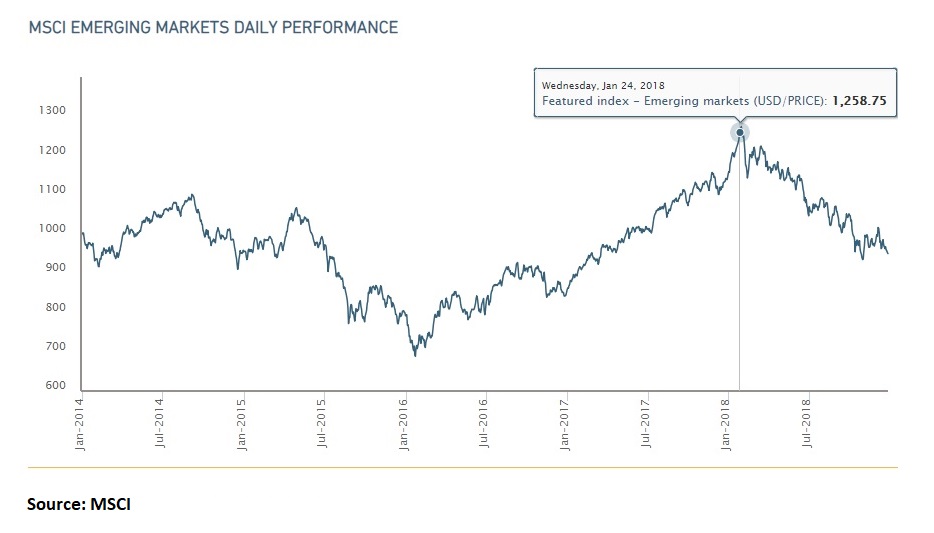
The countries included in this index are numerous and wide-range. From more mature economies such as South Korea or Taiwan to countries such as Pakistan or Hungary. According to their website, their flagship emerging markets index “MSCI Emerging Market Index” represents 51% of the notorious BRIC group, an acronym created by a former Goldman Sach Managing Director to describe the key economies for the 21st century: Brazil, Russia, India, and China. The index that was built after that group doesn’t exist any longer – who would have guessed due to poor performance after a few stellar years.
According to ETF.com there are six large ETFs trading in the US that follow the MSCI Emerging Market Index. In total, they comprise about $29 billion in assets with an average expense ratio of 0.99%! Not cheap if you consider that the average index ETF on the SP 500 charges 4 tiny basis points. But then again, you won’t get the excitement and “growth” that Emerging Markets might offer you. Right now in December 2018 and going into 2019 it’s more excitement than growth! Economies such as Turkey and Argentina are at the brink of a major recession and their currencies aren’t the pride of their country as they used to be. Nevertheless, handing and managing emerging markets indices and their index funds and ETFs require a much more complex infrastructure, know-how, and workforce than at their big brother and sisters at SP500. Besides, the assets under management are puny and don’t offer the economies of scale, that for example, Vanguard enjoys with creating a simple S&P 500 ETF.
The Six Leading MSCI Emerging Markets ETFs:
| EEM | iShares MSCI Emerging Markets ETF | BlackRock | $29.06B | 0.69% | 0.02% | |
| EUM | ProShares Short MSCI Emerging Markets | ProShares | $236.41M | 0.95% | 0.05% | |
| EDC | Direxion Daily MSCI Emerging Markets Bull 3x Shares | Rafferty Asset Management | $216.75M | 1.26% | ||
| EDZ | Direxion Daily MSCI Emerging Markets Bear 3X Shares | Rafferty Asset Management | $91.08M | 1.12% | 0.08% | |
| EET | ProShares Ultra MSCI Emerging Markets | ProShares | $22.89M | 0.95% | ||
| EEV | ProShares UltraShort MSCI Emerging Markets | ProShares | $20.71M | 0.95% | 0.18% |
Emerging Markets Index Investing Strategy – Buy and Hold
This revolutionary doctrine index fund investing would be applied to emerging markets investing as well, and with great success. The idea is simple, to be continuously invested in emerging markets and apply a buy and hold strategy.
Professional money managers would either allocate a portion to emerging markets through index funds and ETFs to their own fund compositions, or they would give clients, such as wealthy individuals, family offices or pension funds, the opportunity to decide for themselves through a whole new range of individual emerging market index funds and ETFs.
ETF products like the BlackRock iShares Core MSCI Emerging Markets ETF (IEMG), continue to see astounding growth in assets. According to MarketWatch.com “Year-to-date, investors have added nearly $3 billion in new assets to IEMG alone, a tally exceeded by just two other ETFs “IEMG added $16.57 billion in new capital last year, making it 2017’s fourth-best ETF in asset-gathering proficiency.”
The leading players in this field are BlackRock with their iShares Emerging Markets series and Vanguard, that has a broad range of emerging markets index funds and ETFs.
Even individual investors through their retirement accounts such as 401K plans could now allocate portions of their savings to emerging markets funds. It has never been easier to participate in the potential, but also the many risks of emerging markets investing and MSCI Emerging Markets Index Funds and ETFs will play a dominant role in this game.

